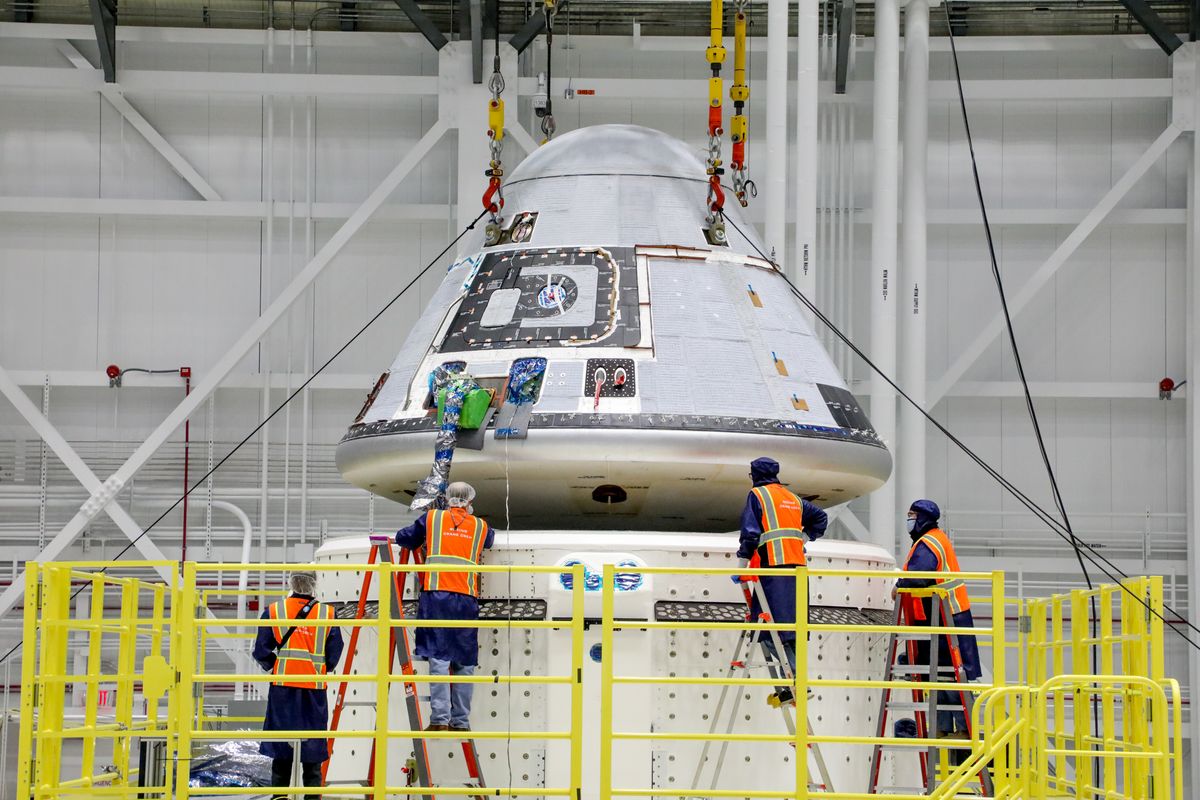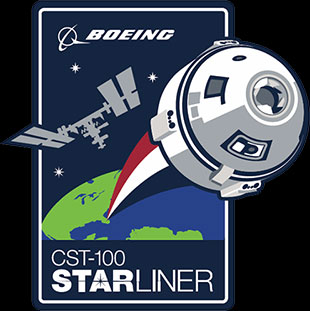

ET on May 25 in preparation for undocking. “It’s been an honor to take part in this and be a tiny cog in the wheel that is the Commercial Crew Program and the amazing teams, the operational teams, the design teams, that put this vehicle together,” said Bob Hines, a NASA astronaut on the ISS as he closed the hatch on Starliner at 3:00 p.m. Photo Credit: (NASA/Joel Kowsky) (NASA/Joel Kowsky) ET on May 19, will serve as an end-to-end test of the system's capabilities. The mission, currently targeted for launch on 6:54 p.m. Boeing’s Orbital Flight Test-2 will be Starliner’s second uncrewed flight test and will dock to the International Space Station as part of NASA's Commercial Crew Program. illuminated by spotlights on the launch pad at Space Launch Complex 41 ahead of the Orbital Flight Test-2 mission, Wednesday, at Cape Canaveral Space Force Station in Florida.

Rosie was outfitted with 15 sensors to collect data on what astronauts will experience during flights on Starliner.Ī United Launch Alliance Atlas V rocket with Boeing’s CST-100 Starliner spacecraft aboard is seen. On board was “ Rosie the Rocketeer,” a crash test dummy wearing a red and white polka dot face mask and bandanna in a tribute to one of the original “Rosie the Riveter,” an icon of World War II that represented the women who worked in factories and shipyards-including for Boeing. The tanks will be refurbished on Earth and sent back to station on a future flight, said NASA. That includes Nitrogen Oxygen Recharge System reusable tanks that provide breathable air to astronauts on the ISS. It carried 500 lbs of NASA cargo and crew supplies to the space station and returned to Earth with nearly 600 lbs of cargo. It was effectively a cargo mission as well as test flight.

EDT on Friday, May 20 for the first time during NASA's Boeing Orbital Flight Test-2. The uncrewed Boeing CST-100 Starliner approaches the forward port of the International Space Station.


 0 kommentar(er)
0 kommentar(er)
